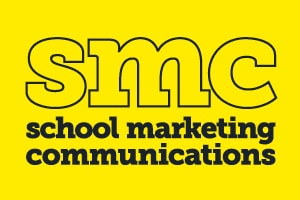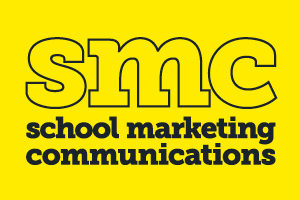Branded merchandise can be a double-edged sword. On one hand you have a promotional item that can easily generate brand awareness and on the other, you risk wasting funds on a product that doesn’t align with your school’s mission or the needs of your parent audience. So just how can you ensure your branded merchandise provides a solid return on investment?
I remember attending O-Week during my first year of university and being slightly overwhelmed with all the stalls set up by clubs and societies, local businesses and not-for-profit organisations. One of the stalls was manned by a mental health foundation who were distributing stress balls to students.
At the time I didn’t really think anything of it – it was just a little yellow ball with a company logo and a website URL. It wasn’t until my first exam period rolled around that I started to use the stress ball and it became an extension of my left hand while my right was busy working on study notes.
During a much needed coffee break I glanced down at the yellow ball and decided to follow the URL and take a look at their website. Lo and behold, it opened to a dedicated landing page for tips on dealing with exam stress. Brilliant!
Looking back on it, this promotional item was a perfect example of how to use branded merchandise effectively. The product, a stress ball, related perfectly with the Foundation’s goals and objectives for the intended audience. The product initially generated brand awareness, and then through engagement with a website, created brand loyalty.
So, how can you create your own little yellow ball of brand awareness and customer loyalty? Using the above example, let’s break it down into easy to follow steps:
1. Decide on a desired customer behaviour. For the mental health foundation, it was website visits. Figure out how to encourage this behaviour, such as printing the URL on the item.
2. Pick a product that matches your audience and product or service. If you were a travel agent you could give away branded maps. An outdoor equipment firm might have branded compasses produced.
3. Ensure the product is functional and has perceived value. A stress ball is useful during high pressure situations, such as student exams. You could use a lifestyle product such as a power bank or maybe a branded drink bottle.
4. Go with the highest quality you can possibly afford. Nobody wants to get a product, even a free one, that breaks after a week. Not only is it frustrating for the consumer, it also reflects poorly on your firm.
5. Consider co-branding wherever possible. Aligning your product with well-known, well-loved brands is a great way to increase brand recognition and perceived value. In 2014, the AFL teamed up with Sesame Street to release co-branded clothing.
6. Decide on how to distribute. If it’s a highly personalised gift, you could consider having it hand delivered. If the item has been mass-produced, look at handing it out at trade shows.
Branded merchandise is a simple way to boost your advertising efforts, and learning how to make free stuff work for your school should be viewed as part of your advertising plan. Manage it properly and you’ve got a great item that your prospective parents want to use, and serves as a constant reminder of your school.







